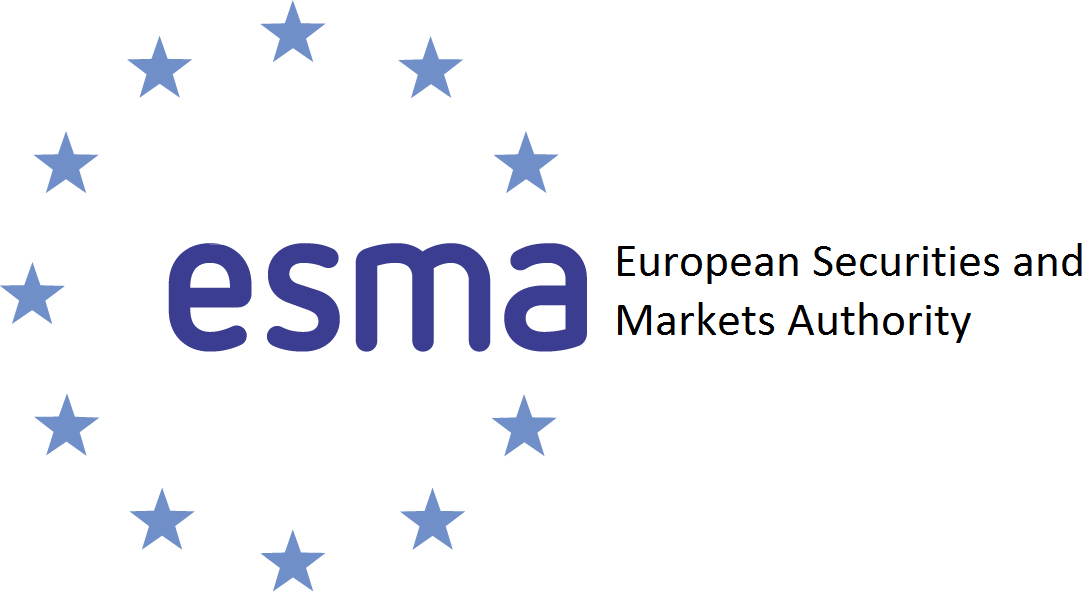The European Securities and Markets Authority (ESMA) has highlighted several concerns around ETF securities lending fee practices, including fee and revenue splits between the asset managers and securities lending agents.
In a report, titled Final Report On the 2021 Common Supervisory Action (CSA) on costs and fees, ESMA found securities lending agents – those that facilitate the lending transaction – working on fixed fees retain between 10-50% of the gross revenue created by the transaction, with the rest being returned to the UCITS fund.
However, ESMA also highlighted concerns about the amount asset managers passed on to the investors, finding they return only between 50-65% of the gross revenues to the end investor.
“This [return] is in line with the findings made in the Better Finance research paper which indicated large divergence concerning the percentage of revenue forwarded to investors and questioned the reasons for this,” the report said.
“In this context, some National Component Authorities (NCAs) have expressed the view that there would be merit in specifying the ESMA Guidelines on ETFs and other UCITS issues to ensure a greater level of supervisory convergence on the issue of fee splits.”
Securities lending, a longstanding practice on either ETF or mutual fund investment vehicles, makes loans of stocks or bonds to seek an incremental increase in returns for shareholders. A key attraction for many considering securities lending is the possibility of offsetting the impact of fees. Even though issuers take sizeable commissions from securities lending revenues.
ETFs currently only account for a fraction of all securities lending – 2.6% of the total value – but their share has grown from a 1.8% stake since 2017. Securities lending of ETFs has almost doubled between 2017 and midway through 2021, according to data from EquiLend, with ETF on-loan value jumping 76.9% from $37.5m to $66.3m.
The “fixed” nature of the fee arrangements could lead to investors being “overcharged”, ESMA found, as it does not reflect the market conditions and prices, meaning services “remain at a consistently high level, despite competitors offering the same services with a similar level of quality and at a better rate”.
In addition, ESMA also found that managers did not provide a documented assessment to justify the costs deducted from the gross revenue, despite claiming they did.
“In addition, those UCITS managers who did review their securities lending structures often did not make a clear distinction between indirect and direct costs,” it added.
Asset managers were also accused of providing a “lack of detailed information” on the lending practices, particularly in areas such as risks, conflict of interest, impact on the performance of the UCITS fund and fee/revenue splits.
“Another problem that NCAs have mentioned is the use of generic language by UCITS managers on what efficient portfolio management (EPM) techniques they use and for what reasons,” it said. “Instead, NCAs observed many cases where the same information was used across the UCITS managers’ or even the group's fund range without sufficient regard to the specificities of the individual fund and EPM arrangement.”
ESMA concluded: “In light of the divergent market practices and doubts expressed by some NCAs, ESMA is of the view that the issue of fee-split arrangement merits further investigations and analysis.”
Related articles



